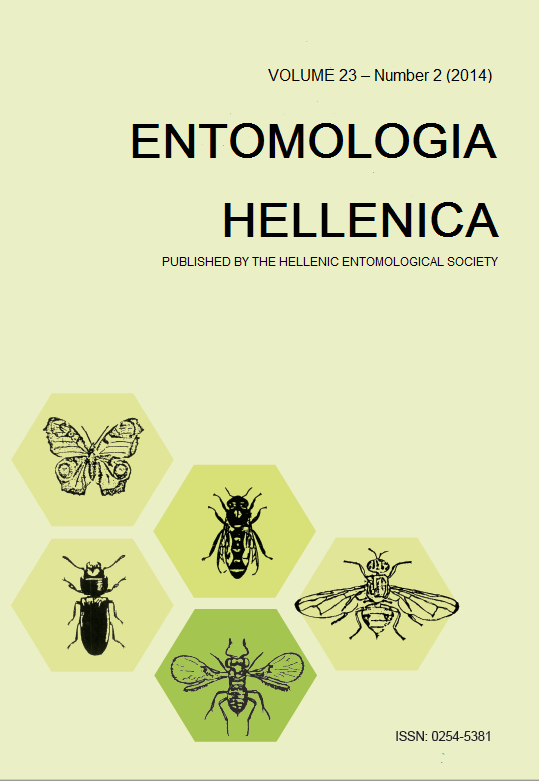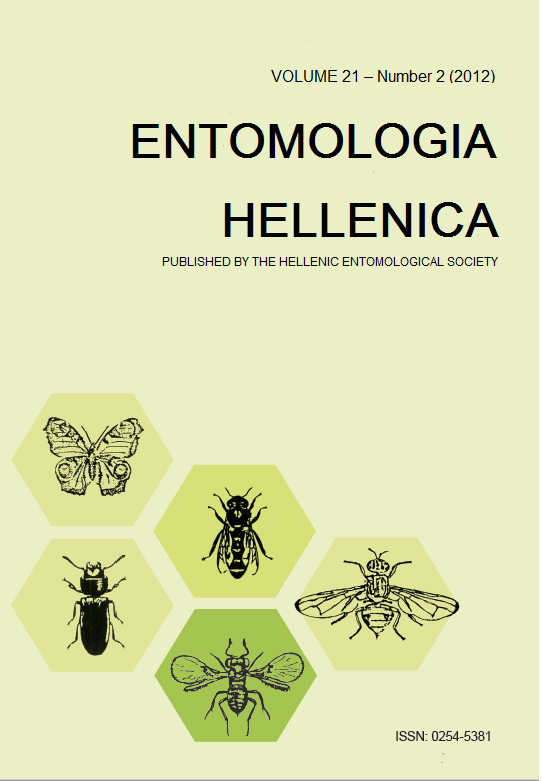Preliminary study in the use of electric current for the control of Rhynchophorus ferrugineus

Abstract
The use of electric current is being studied as a method to control Rhynchophorus ferrugineus (Coleoptera: Curculionidae). The infested palm trees were pruned according to the severity of the infestation (heavy infestation requires more intense pruning). Then, electrolytes were injected into the palm trees to elevate conductivity. Electric current of specific voltage and amperage was coursed through the palm trees, using specifically designed electrodes; Electric current was applied for 20 min to 1 hour depending on the severity of the infestation and the size of the palm tree. A small number of palm trees were shocked, some of which were monitored for side effects due to the shock while others were cut down to monitor pest mortality rates. Larvae were collected and placed in entomological cages. A large percentage of larvae were killed after the shock, while the others showed difficulties in their movement. Six days later 84.78 % of larvae and 96.48 % of pupae were killed but practically all of the adults survived. Electric current has never been used in this way to control insects before.
Article Details
- How to Cite
-
Niamouris, K., & Psirofonia, P. (2014). Preliminary study in the use of electric current for the control of Rhynchophorus ferrugineus. ENTOMOLOGIA HELLENICA, 23(2), 52–58. https://doi.org/10.12681/eh.11536
- Issue
- Vol. 23 No. 2 (2014)
- Section
- Articles

This work is licensed under a Creative Commons Attribution-NonCommercial-ShareAlike 4.0 International License.
Authors who publish with this journal agree to the following terms:
Authors retain copyright and grant the journal right of first publication with the work simultaneously licensed under a Creative Commons 4.0 license.
Authors are able to enter into separate, additional contractual arrangements for the non-exclusive distribution of the journal's published version of the work (e.g. post it to an institutional repository or publish it in a book), with an acknowledgement of its initial publication in this journal. Authors are permitted and encouraged to post their work online (preferably in institutional repositories or on their website) prior to and during the submission process, as it can lead to productive exchanges, as well as earlier and greater citation of published work.



